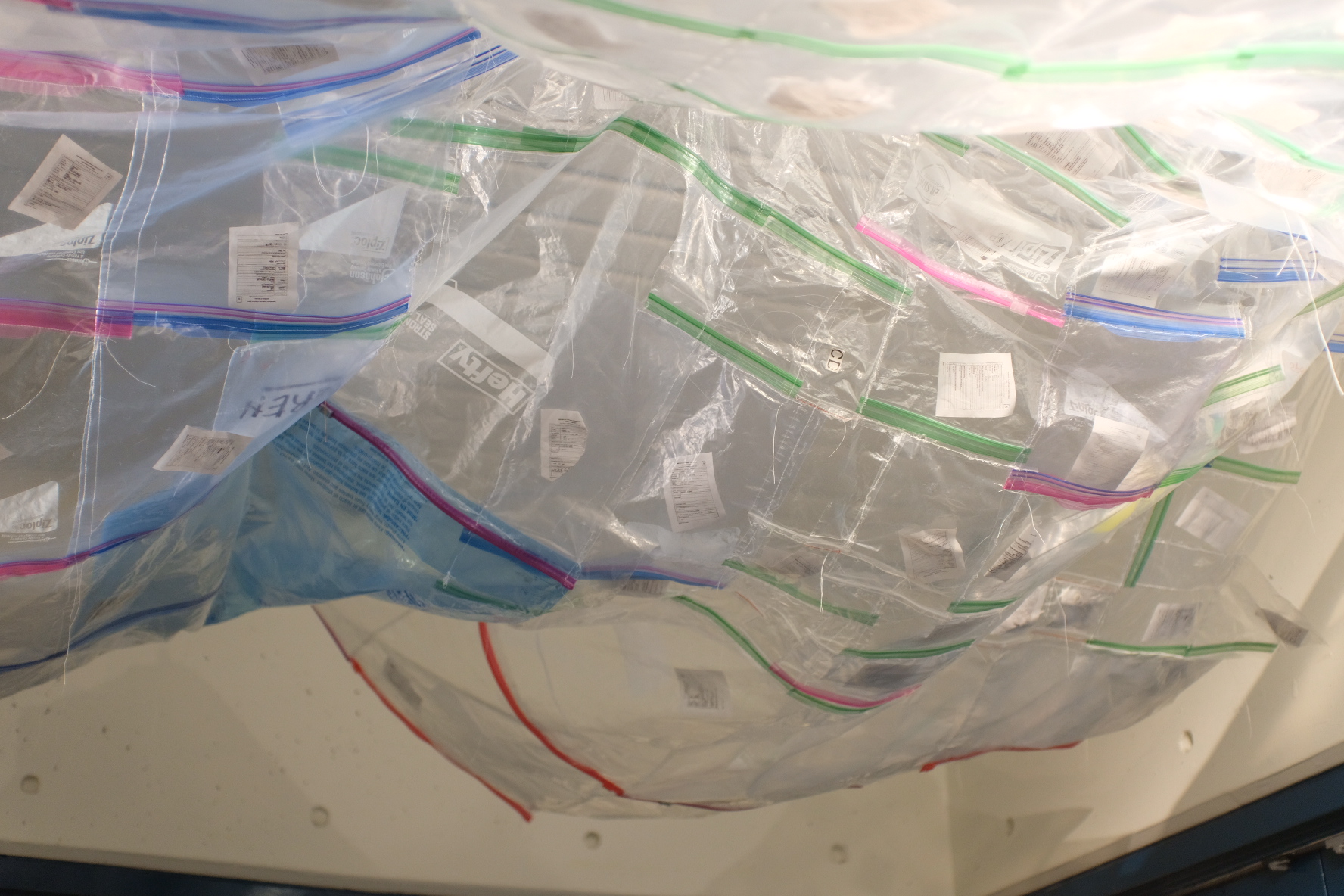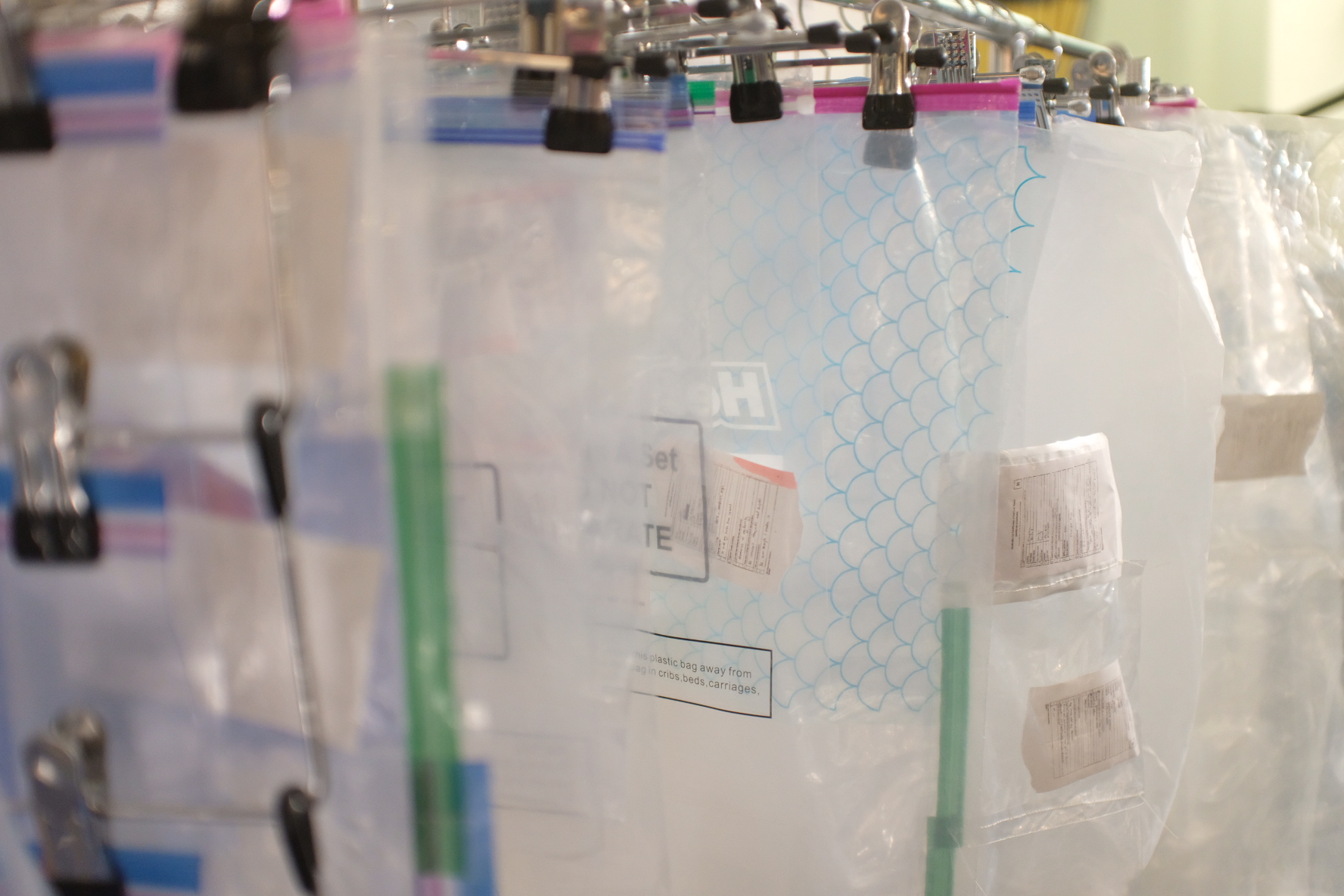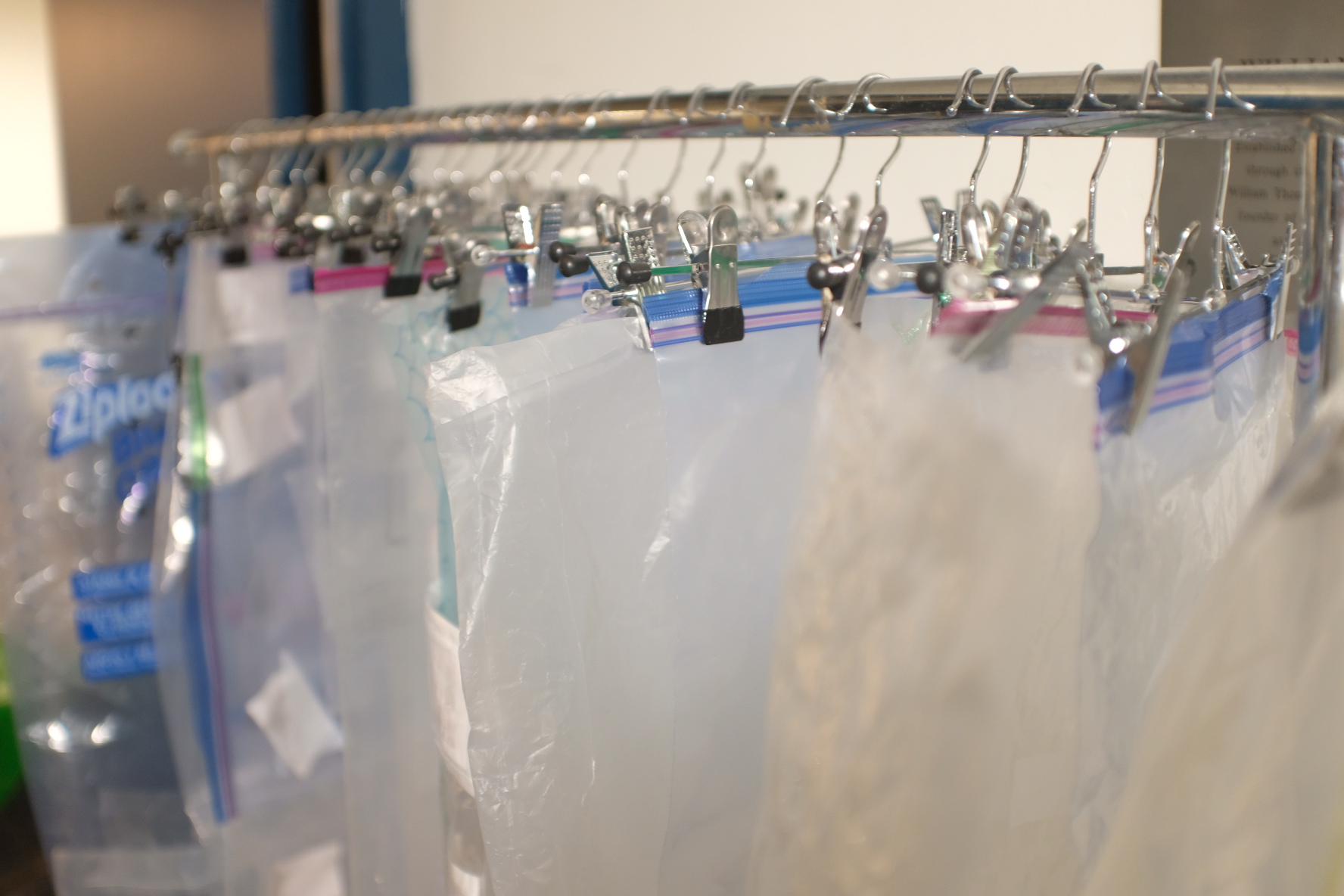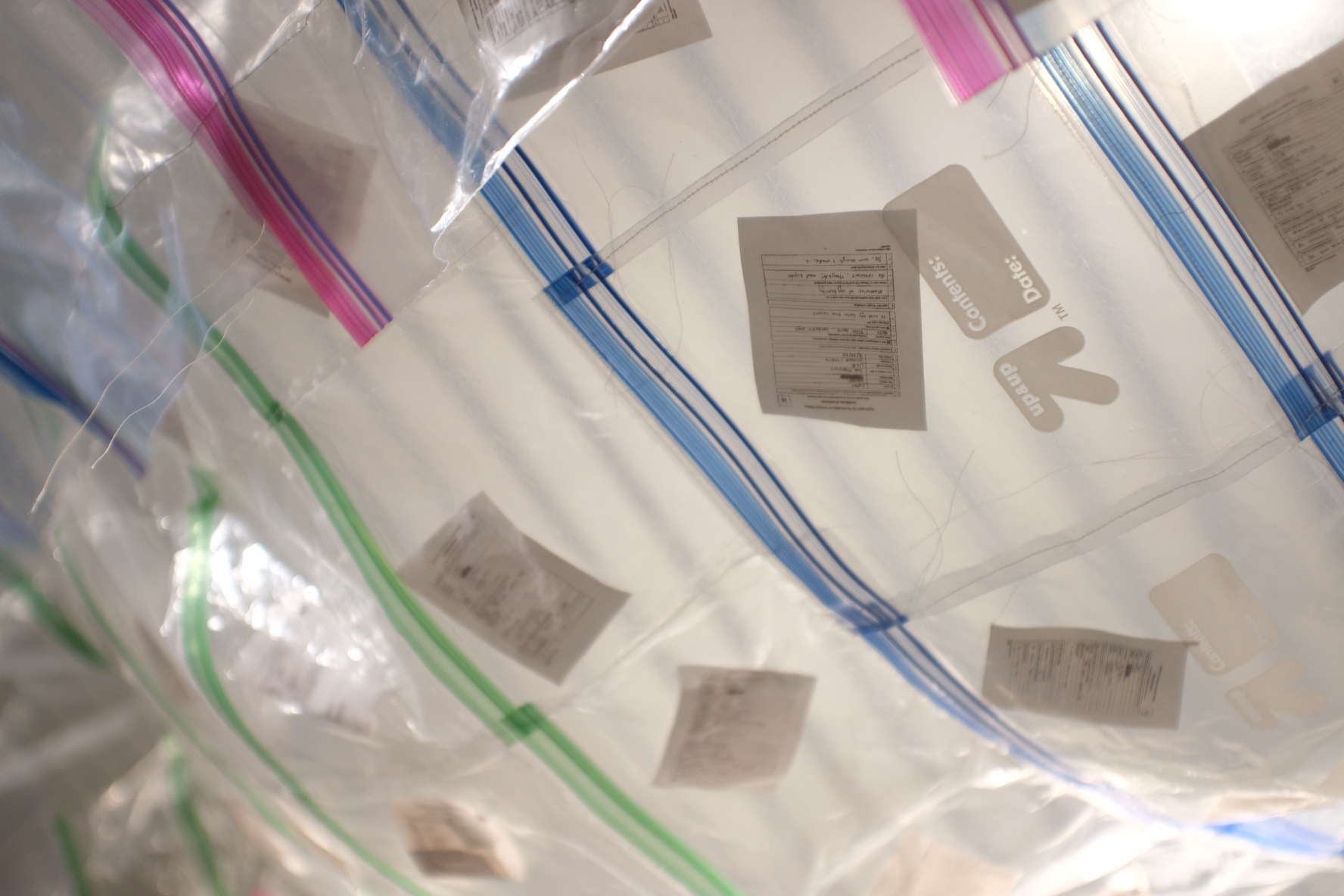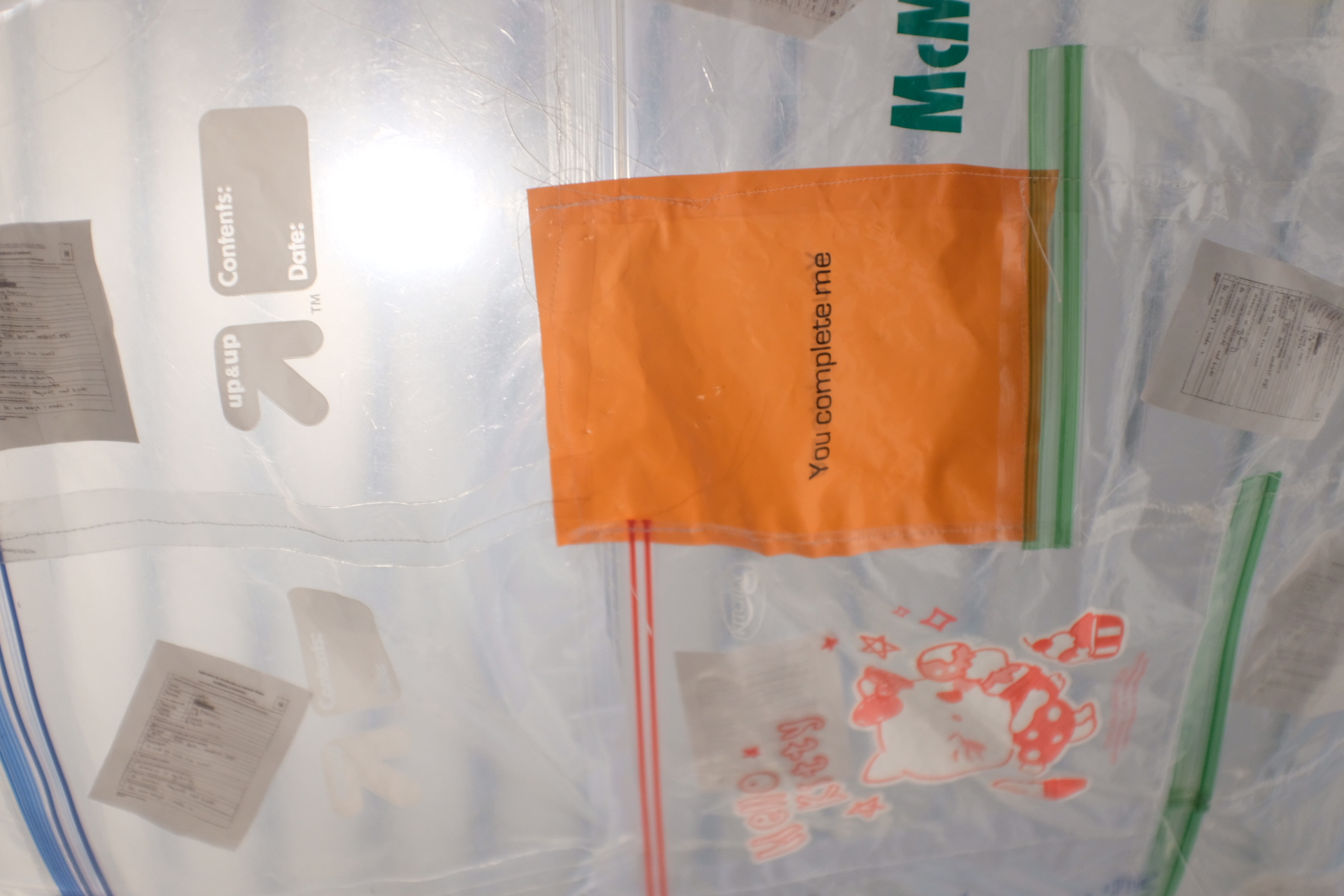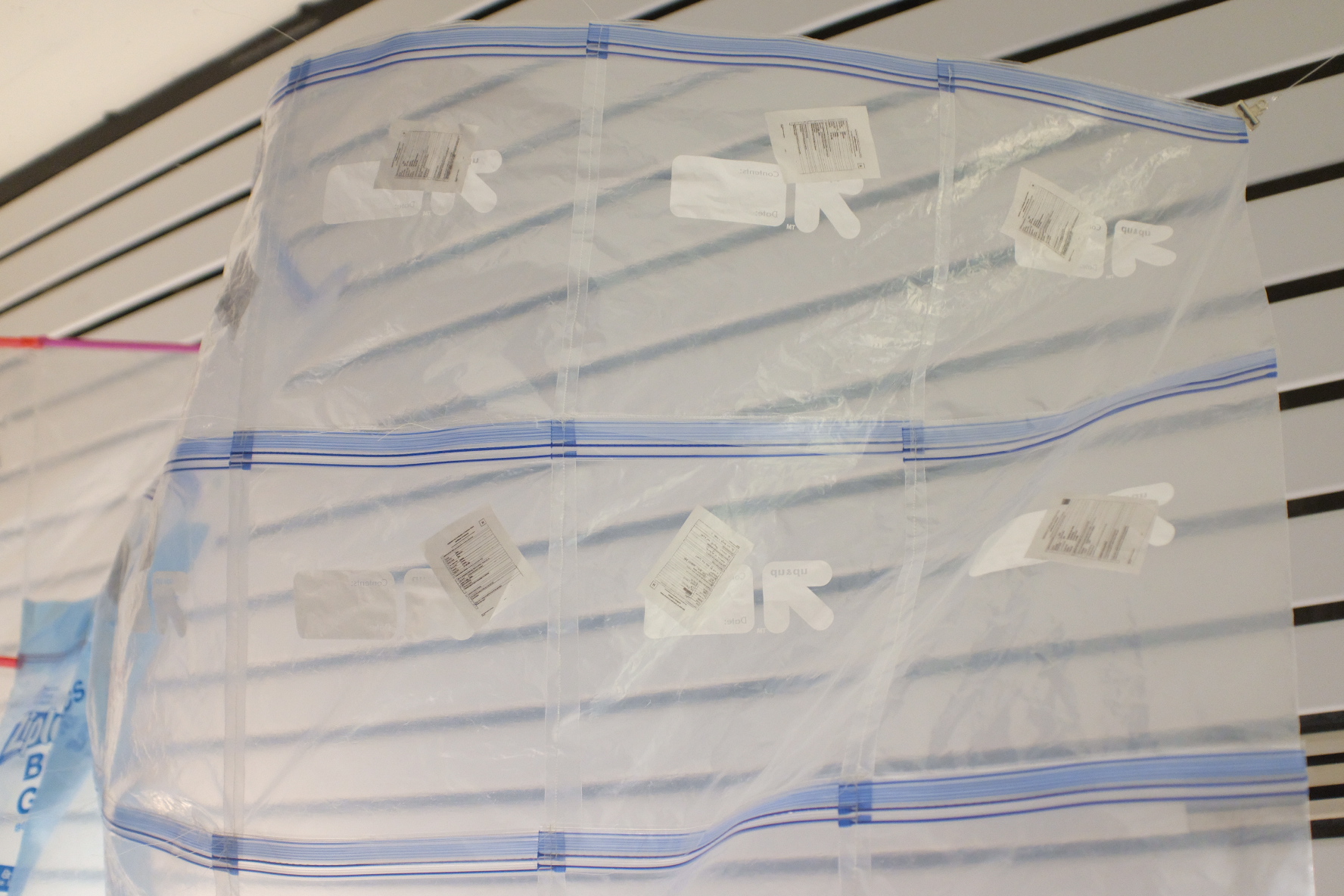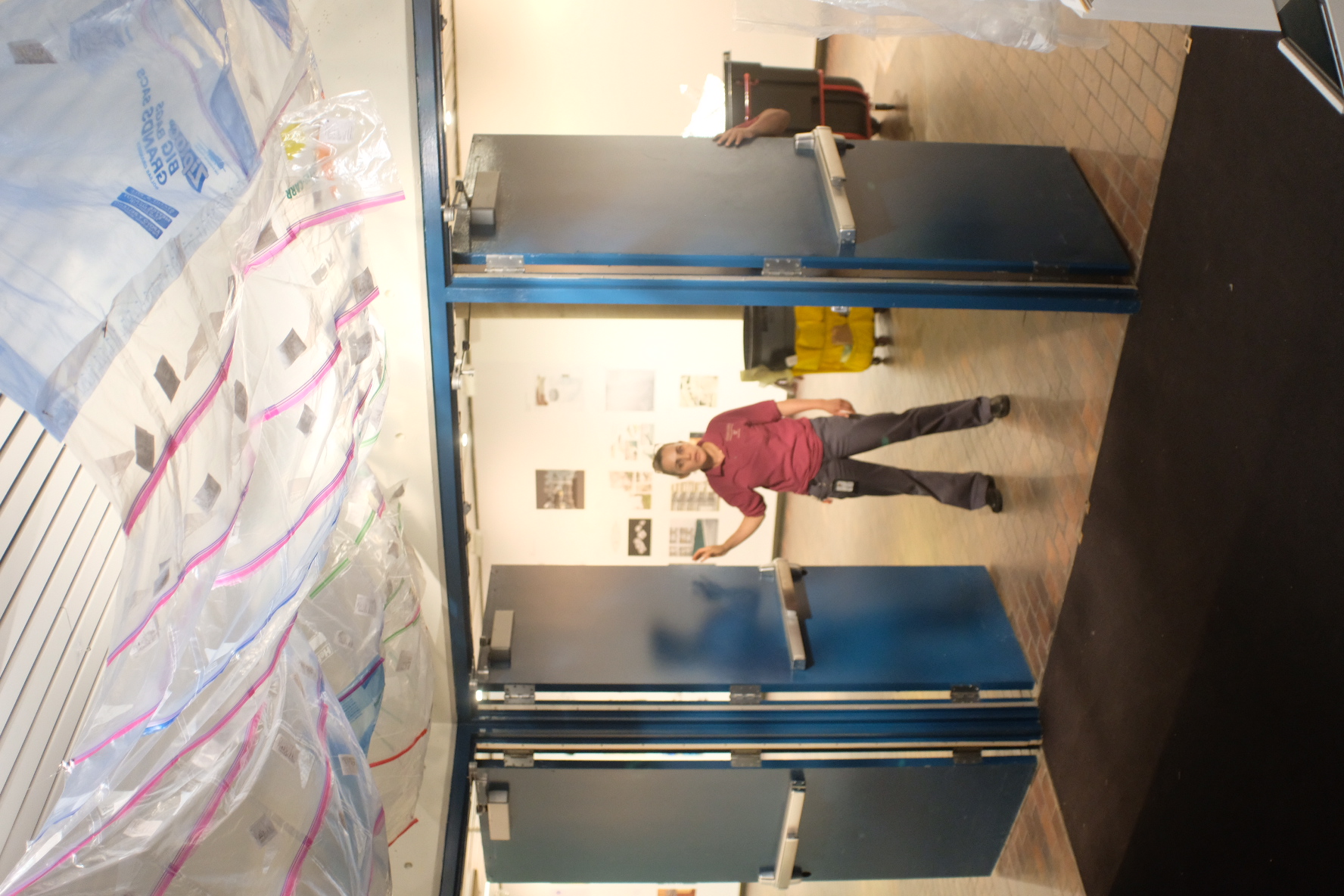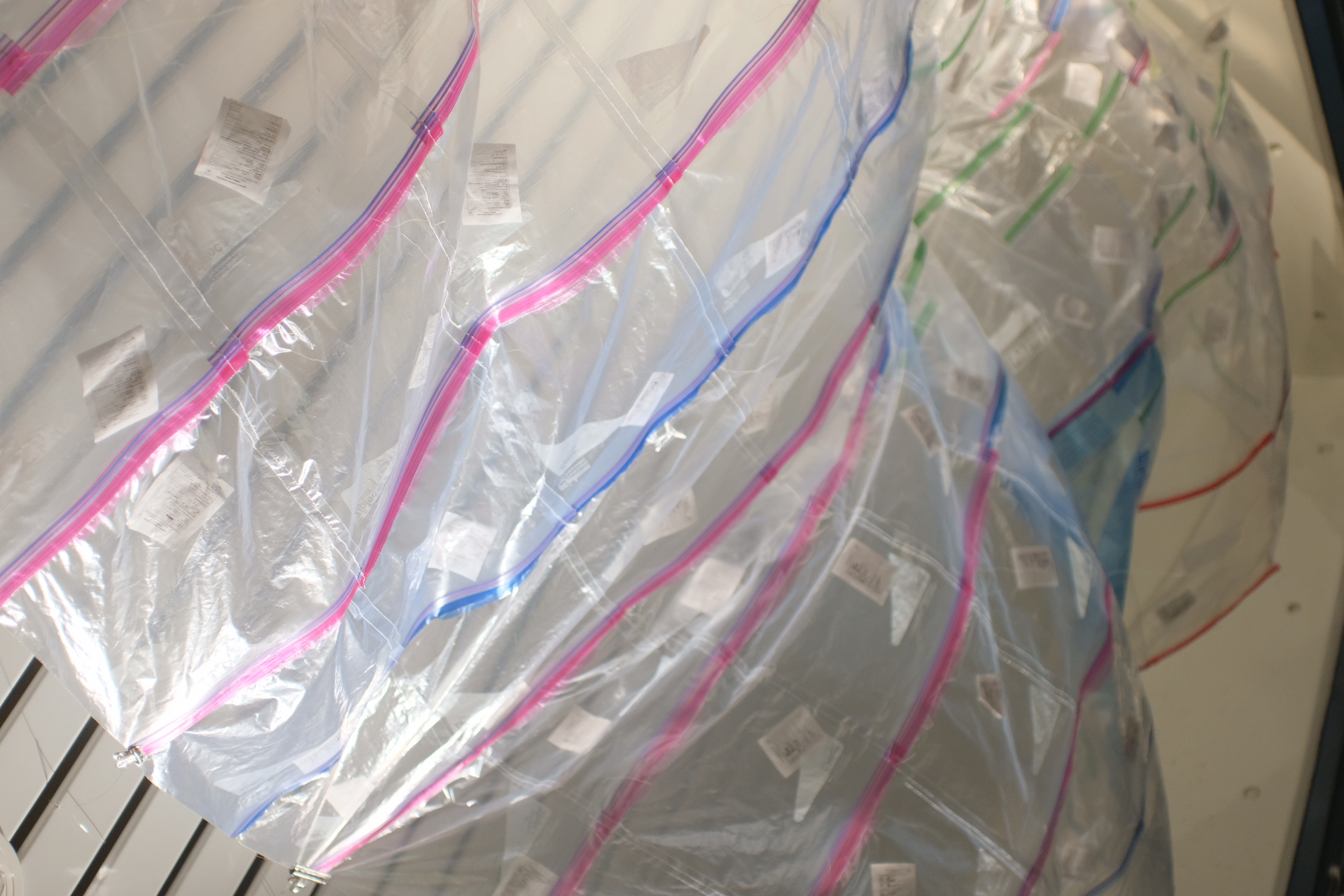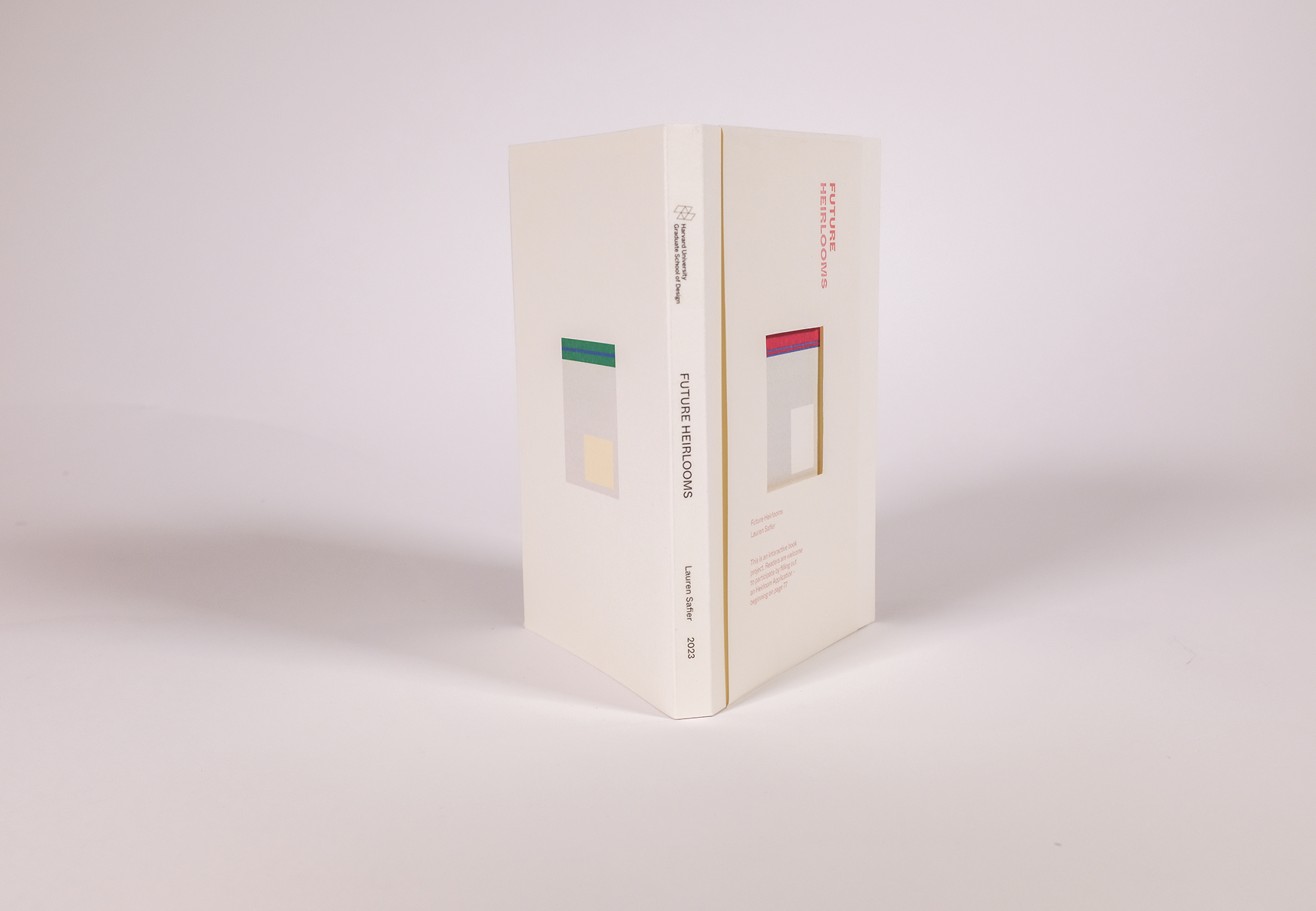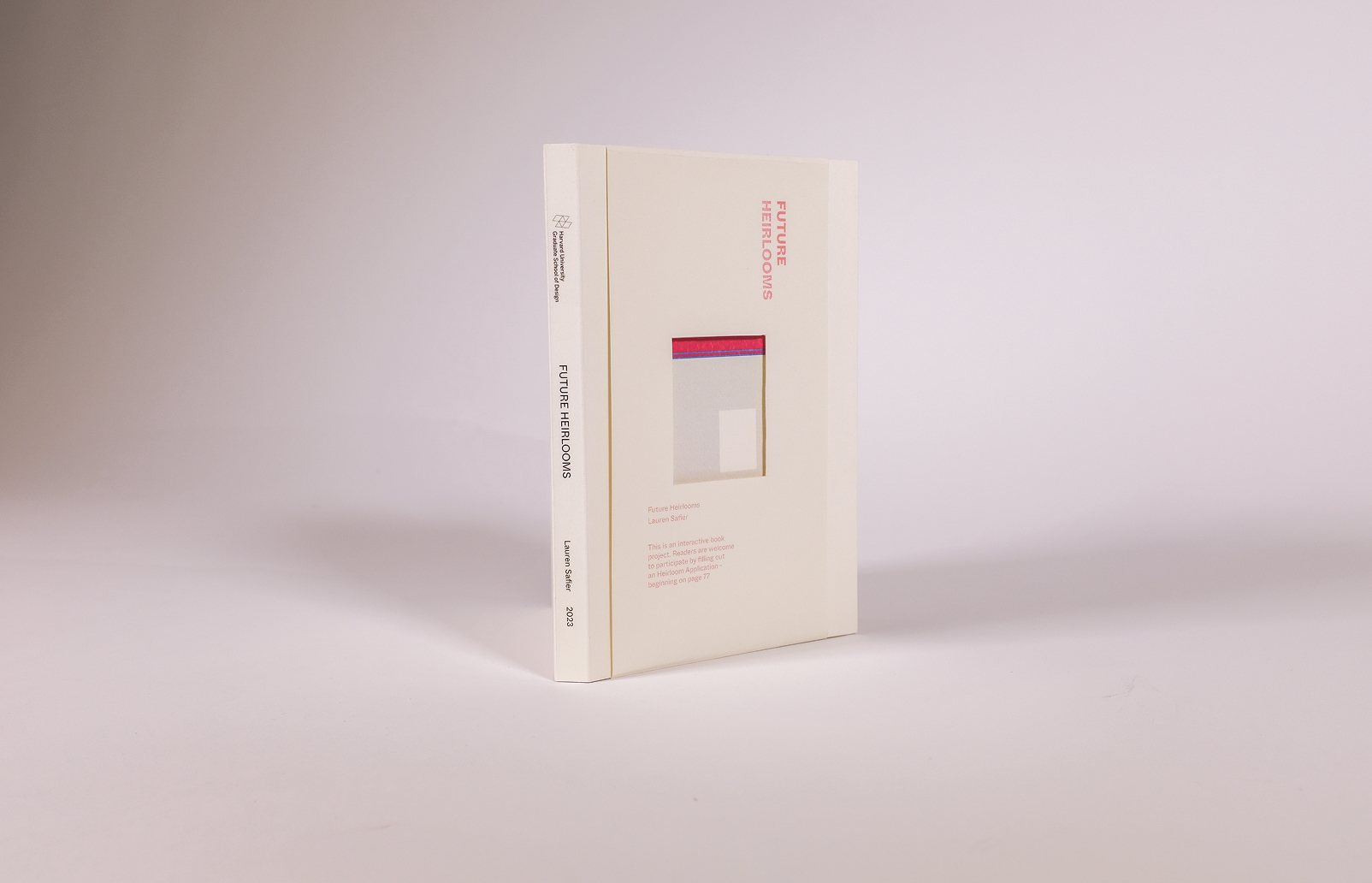Future Heirlooms
Traditionally, heirlooms are objects passed down through generations, cherished for their stories, histories, and the memories they carry. While some heirlooms hold monetary value, their true worth lies in their symbolism of family and cultural continuity. But what do we pass down today? Beyond intentional heirlooms, we also leave behind objects with no sentimental or material value – things we overlook, ignore, or discard. One such unintentional heirloom is plastic waste. Ubiquitous in our daily lives, plastic waste persists in landfills and ecosystems for 500 to 1000 years, far outliving us and becoming a permanent legacy we never intended to leave behind. “Future Heirlooms” reframes waste as an heirloom, transforming an unconscious practice, waste production, into a conscious one. It challenges us to reconsider value and longevity, urging reflection on the objects we deem disposable and the legacy of our everyday choices.
In addition to the publication I created to document the entire project, the work itself is comprised of two elements:
SCULPTURE:
A monumental quilted structure, made entirely from used plastic bags collected from students, faculty, peers, and strangers. Each bag was sewn together by hand, creating a communal artwork that symbolizes both individual and collective inheritance. This sculptural quilt transforms plastic waste from something considered disposable and insignificant into an object of permanence and consequence, inviting viewers to see plastic as they would an heirloom and as something that endures.
PUBLIC INTERACTIONS & REFLECTIONS:
To deepen the relationship to the plastic waste, each bag donor who participated in this project was asked to fill out an heirloom application. They answered questions about themselves, the provenance of their bag, and finally more abstract questions about the future and longevity.
Each completed application was then printed on receipt paper, placed into the donor’s bag, and sewn into the quilt. In this way, each piece of plastic carries its donor’s story and reflections forward.
Beyond this, I initiated broader public interactions, including mysterious posters about a lost plastic bag around Cambridge prompting reflections on what people would want to last for 500 years.
